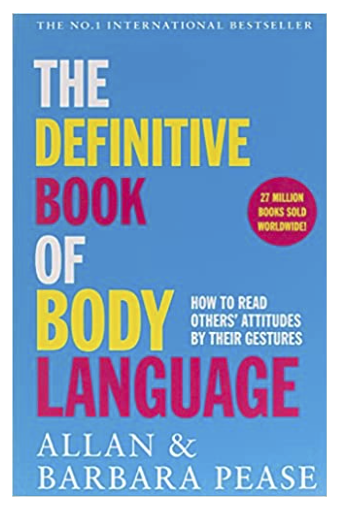Body Language in Business
2.Defensive Barriers

As a child we may have hid behind furniture and mum’s skirt when confronted by
scary people entering the room. As adults we do things more subtly. The crossing of
arms and legs as you approach suggests discomfort. Are you too tense, or just too
close to them for comfort? Hang back, let them choose where they sit, relax and
build rapport by identifying something you have in common. You should see the
barriers come down as the other becomes more confident and open.
3.Palm Power

Our ancestors are said to have used open palms when meeting to display honesty,
showing no weapons were being carried. Does the other use these when articulating
the reasons for their position. Hidden palms should be a warning sign. Children often
put hands behind back when telling tales and making requests with hidden agendas.
Palm down gestures are associated with dominance, palm up with submission. Consistent
Palm down gestures in your direction suggests the other seeks to control you.
Responding with submissive palms accepts their wishes whilst responding in kind risks
conflict. Best to use neutral (vertical) palms and steer the conversation towards an equal
partnership.
So which one is best to use when talking on a one to one or making presentations to
groups? Well it depends on the situation. When exercising authority, use palm down. When
inviting open discussion, it’s best to use open palms followed by palm up.
Thanks for reading! Please download PDF for all 10 points.
Body Language in Business WBBC.docx
If you would like to know more about 'Body Language in Business – The silent language of influence'
Please get in touch with Terry Hill: Business Psychologist at
terry.hill@amplity.com
 Here’s the text I recommend should you wish to read more.
Here’s the text I recommend should you wish to read more.